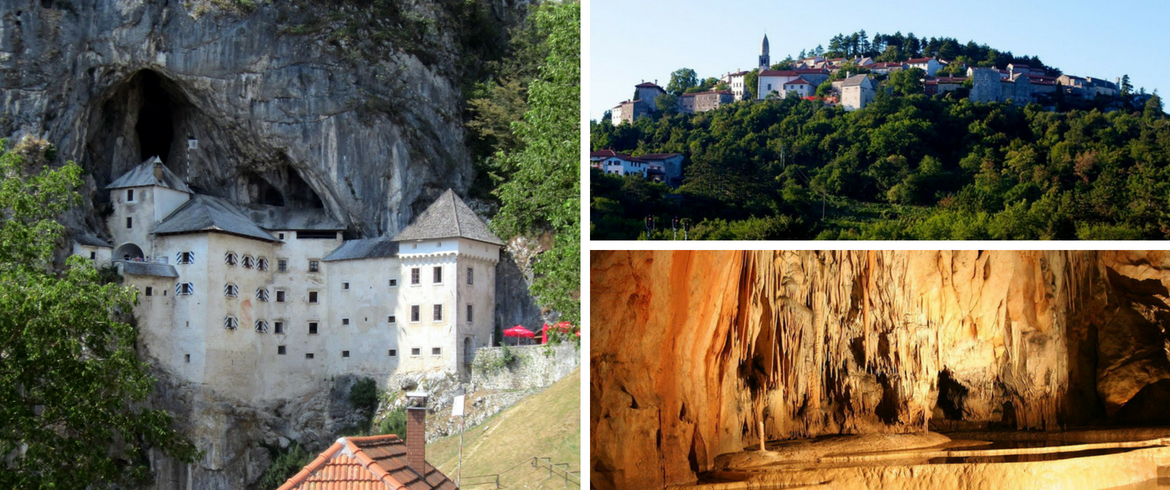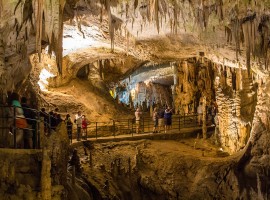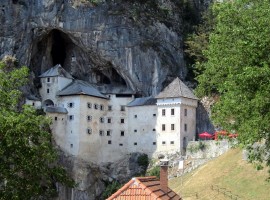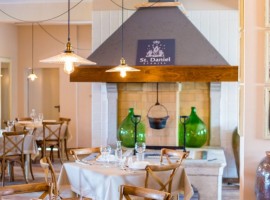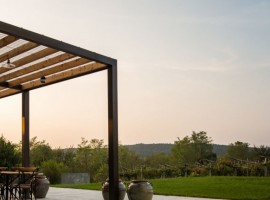A mysterious and evocative underground world: let’s discover the Slovenian Karst, among caves, lakes and cycle paths.
Not far from the Italian border, begins the Slovenian Karst, a region between the Alps and the Adriatic Sea that stands out for its incredible nature and interesting history. The Karst is a rocky limestone plateau that stretches as far as Istria and which has always been an unmissable destination for lovers of pristine nature, thanks to its landscape made of caves, paths carved between the stones, cliffs, woods and mule tracks. But the Karst is not only nature, but also culture, habits and customs that are unique in the world, as well as charming villages that hide popular festivals and excellent local produces.
Postojna Cave and Predjama Castle
- © Shadowgate via Wikimedia
- © (WT-shared) Shaund at wts wikivoyage
Every year in Slovenia new caves are discovered: to date, those explored are more than 8000 but only twenty are accessible by visitors. The largest cave in the Karst, as well as the most visited, is the Postojna Cave. The reason becomes clear as soon as you enter this masterpiece of nature: karst underground tunnels and halls intertwine in a unique landscape, easily visited thanks to the railway built over 140 years ago. The Postojna Cave is in fact the only caves with an internal train, which allows you to visit the inside route in an hour and a half. Once on the train you will be catapulted into a new world, which seems unreal: among majestic underground arches, stalactites and plays of light you can admire the stalagmite, called the Skyscraper, 16 meters high and the symbol of the caves, a stalagmite unique because of its white color, and know the star of Postumia, the proteus, a small inhabitant of the karstic world that measures between 25 and 30 centimeters. Connected to the Postojna Caves is the Predjama Castle, set in the rock and truly unmissable.
Štanjel
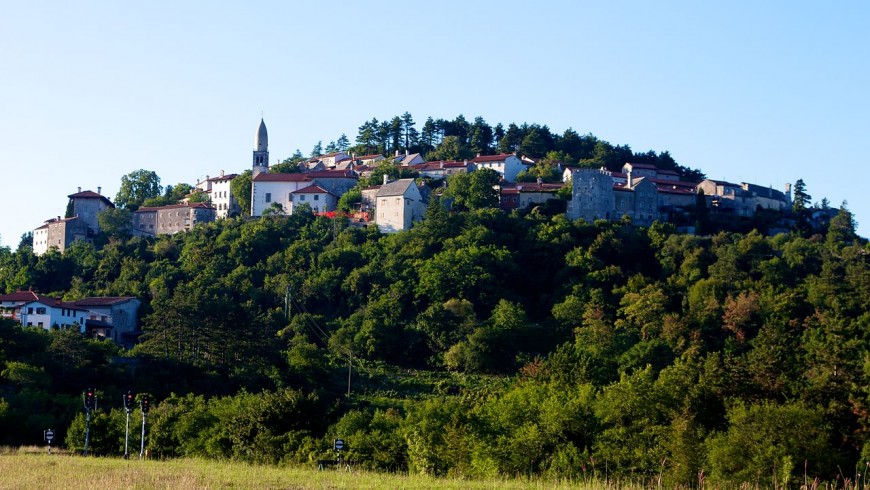
Among the numerous villages of the Slovenian Karst, I recommend a visit to Štanjel, one of the oldest settlements in the region. Walking through narrow lanes, stone houses and delightful squares you can savor the whole atmosphere of the daily life of this incredible place. Do not miss the Ferrari garden, the old part of the village, the castle and the promenade along the walls.
The cycle path of the Karst living Museum
Along the entire region there is a beautiful cycle path, perfect for discovering the typical Karst landscapes, from dolines to gullies, from caves to valleys. The area covers 700 hectares of surface between Sežana, Lipica and, on the Italian side, Basovizza.
The typical produces of Karst region
Nature and history but also culinary experiences to live: the Karst offers its guests many delicacies. Do not miss the homemade jota, the wine route that connects more than 100 wineries, the Brkini plum brandy and the fragrant and renowned ham.
Where to sleep in the Slovenian Karst region
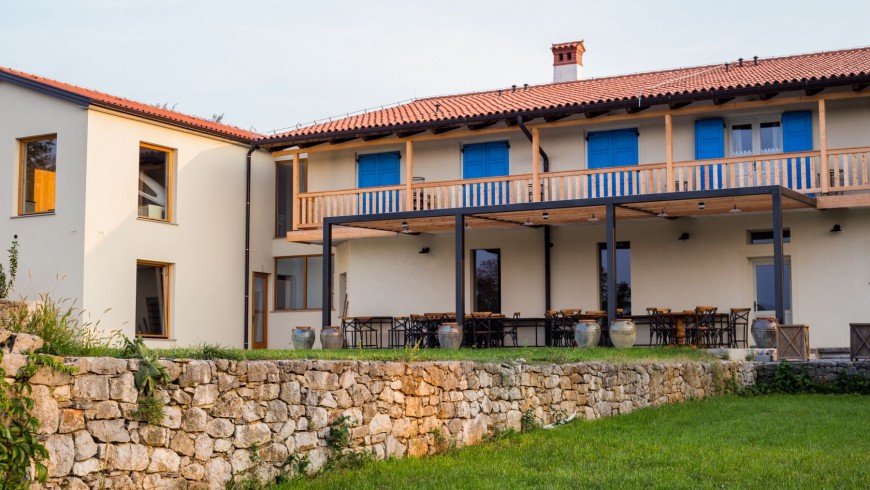
In the Slovenian Karst, in the village of Štanjel, it is possible to stay in an eco-sustainable hotel surrounded by greenery. The Hotel St. Daniel is characterized by natural furniture, which reflects what the Karst has to offer, with recycled wood furniture and linen bed linen that create a link between the guests, the traditions and the population of the region. The hotel also has a beautiful wellness center and a restaurant, which pays special attention to traditional recipes. Here, from the first bite, you will feel the taste of the Karst in your mouth.
Cover photo by Jojo via Wikimedia
